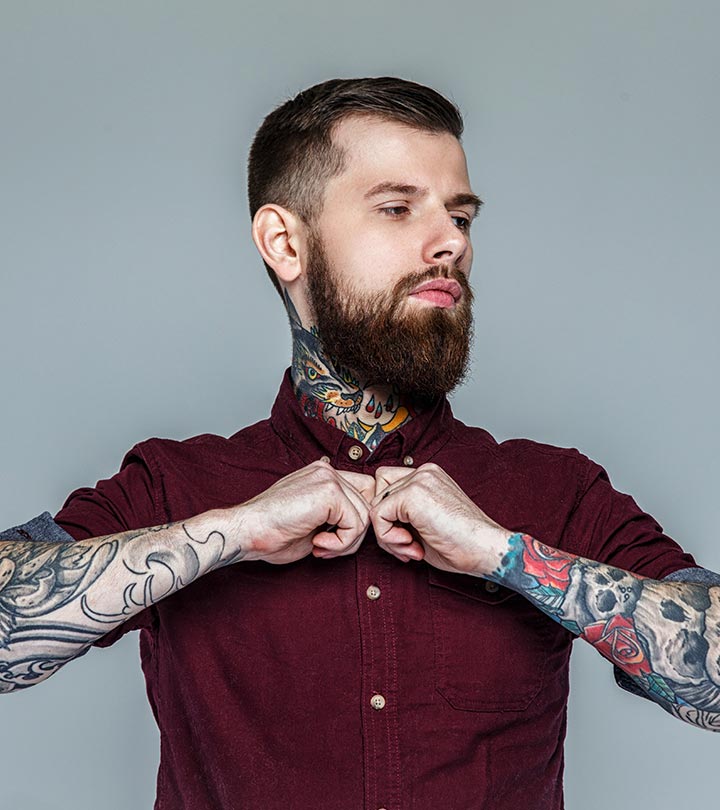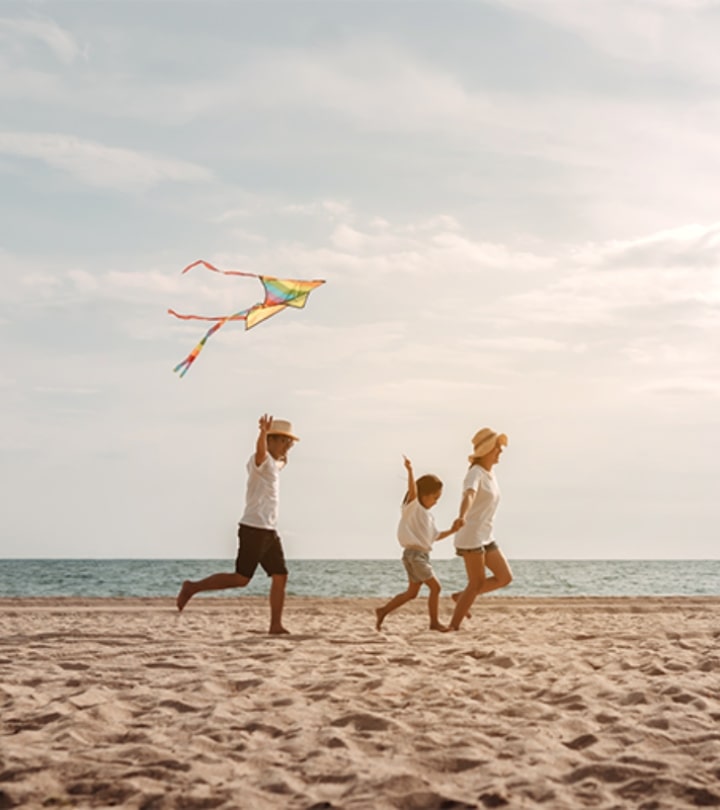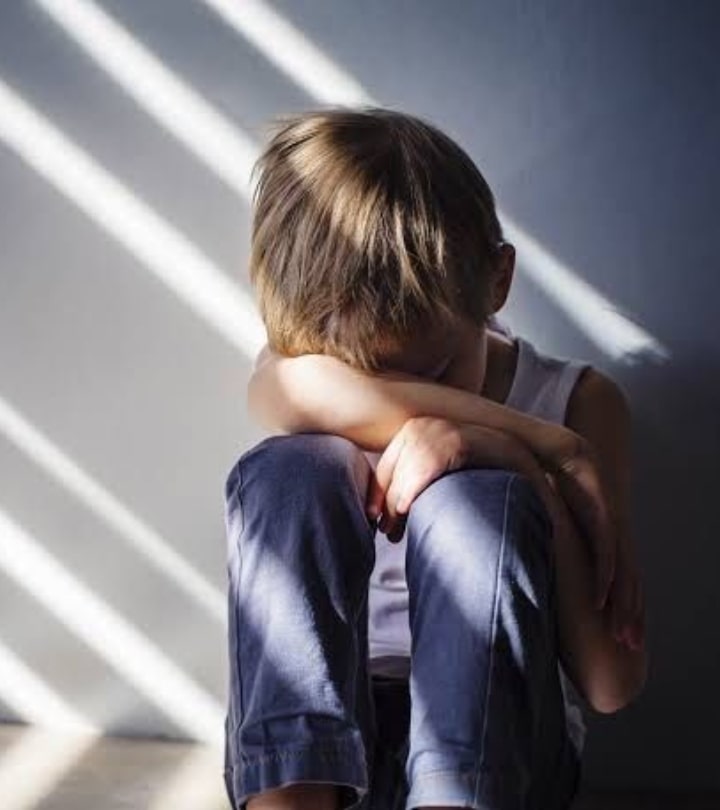In the indigenous community, art is an extension of ourselves, our culture, our tribe and our connection to the creator. Body art and modification has been around for centuries. Tribal nations used specific symbols, colors, and marks for protection, guidance, and healing. Some tribes believed that certain Native American tattoos and symbols had curative powers to heal wounds, mend broken bones, and break a fever.
Body modification conveys status, identity, accomplishments, and lineage. Women in many tribes—the Inuit and Taino, for instance—have tattoos which mark important events like childbirth, menstruation, or marriage. They believed tattoos or painted symbols made them more feminine and to have a tattoo was a celebration of certain landmarks.
Men from different tribal nations display symbols of accomplishments, strength, and successful milestones on their bodies. The Yuma tribe practiced scraping, a form of body modification, in which a design is literally scraped into the skin. The design is etched into the skin without ink. Furthermore, certain northern tribal nations believed tattoos were a guide to the afterlife. Some even believed that an unmarked body meant that you wouldn’t be able to partake in the afterlife. Men in the Cree Nation, for example, would have numerous tattoos that covered most of their body, but the women were limited to just a few.
In the Pacific coastal region, several different indigenous nations, such as the Yurok, Tolowa, and the Hupa, had very unique designs specific to their respective tribes and clans. Furthermore, the majority of the tattoo artists were women. Both genders had tattoos on their face, chins, arms, torsos, and legs—a process that would start as children and last well into adulthood.
Tattoos were applied by using tools such as bones, rocks, or other sharp objects. For that reason, getting a tattoo was believed to be far more painful in those years than it is today. The dyes were made from natural sources, including plants, flowers, and minerals. Today, tattoo symbols and designs are seen in other forms of art, such as weaving, which inspired contemporary artists to interpret the symbols in new ways.
Most contemporary tattoo symbols depict traditional Native imagery such as dream catchers, eagles, headdresses, arrows or feathers. We have lost some of the ceremonies and designs that were once important to us through colonization. However, due to tribes being slaughtered and forced to live on reservations many tribes began to share symbols, thus continuing the tattoo tradition.
There’s a new movement within the tattoo community to bring back not just the symbolism and art to the indigenous community, but the spiritual aspect of the process that has been lost. Some of the top indigenous tattoo artists—Nakkita Trimble, Corey Bulpitt, Dion Kaszas, and Dean Hunt—have taken steps to reconnect with their roots and seek the counsel of their elders and ancestors to continue this tradition.
As Hunt said in an interview, “I never thought of being a tattoo artist, but I jumped at this opportunity. Working on skin is different. There’s a responsibility to stay within the traditional practice as there aren’t that many of us doing it.”
The revitalization movement has been growing steadily, but it has encountered some challenges as well. Cultural tattoo appropriation is unfortunately a big problem. Tattoos that were once used by indigenous people for sacred purposes have now become a skin stamp for other cultures.
“Tribal tattoos,” in particular, have taken center stage in non-Native cultures, but not for the benefit of the Native tattoo artists. When Native culture becomes appropriated and diluted, it moves the attention away from where it should be: on the sacred practice of body art.
According to tattoostylist.com, some more unique approaches to Native body art would be: Native American writing scripts by Cherokee, Blackfoot or Cree tribes, a word from a Native American language, a design from a traditional artwork piece, or perhaps tribal seals or flags of a Native American nation.
There’s no shortage of possibilities when researching ideas for your next tattoo, but do be sure to choose with caution when selecting imagery based on your heritage. And if you’re opting to get a famous Native American quote tattooed on your body, double check to make sure the quote is correctly attributed. The last thing you want is a random quote tattooed across your back and misattributed to Sitting Bull or Sacagawea.
Relearning the ceremonies, techniques, and symbols, is a way to reclaim this lost art form. Revitalization of the tattoo movement will ensure this tradition survives, honored and protected for future generations.










